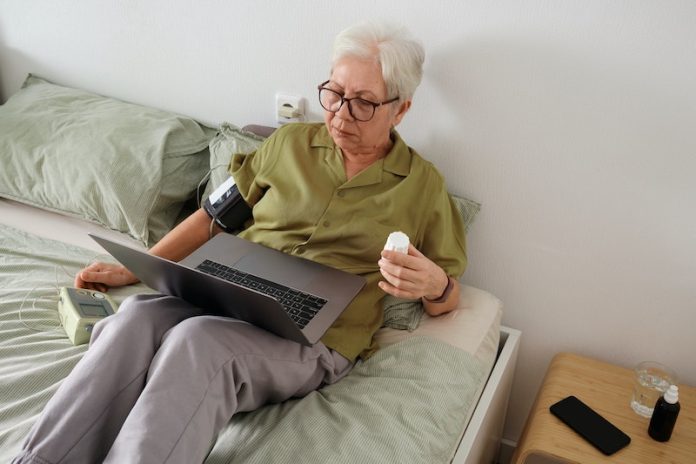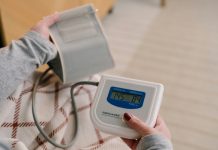
Expanding home blood pressure monitoring among American adults with hypertension could significantly reduce cardiovascular disease and lead to healthcare cost savings in the long term, according to a new study published in the American Journal of Preventive Medicine.
This practice could also help address health disparities prevalent among racial and ethnic minorities and rural residents.
Researchers from Shanghai Jiao Tong University School of Medicine and the New York University Long Island School of Medicine analysed data from the 2019 Behavioral Risk Factor Surveillance System (BRFSS).
Their findings suggest that implementing home blood pressure monitoring could result in a 4.9% reduction in myocardial infarction (MI) cases and a 3.8% decrease in stroke cases over 20 years, compared to traditional clinic-based care.
The study revealed that home blood pressure monitoring has the potential to avert more cardiovascular events and generate greater cost savings among Non-Hispanic Blacks, women, and rural residents compared to Non-Hispanic Whites, men, and urban residents.
Home monitoring in rural areas could potentially lead to a reduction of 21,278 MI cases per one million people compared to 11,012 MI cases per one million people in urban areas.
Based on healthcare payment data from the Medical Expenditure Panel Survey (MEPS), researchers also estimated an average of 4.4% per person annual savings and an average of $7,794 in healthcare costs per person over a span of 20 years due to the adoption of home blood pressure monitoring and the subsequent reduced cases of cardiovascular disease.
Implications and Future Directions
Home blood pressure monitoring, which provides more comprehensive and accurate data compared to sporadic clinic measurements, could help in early detection, timely intervention, and prevention of complications.
However, its adoption has been slow in the US, mainly due to inadequate health insurance coverage, lack of investment in preventive services, and limited health promotion efforts by primary care physicians.
These factors are changing due to the attention home blood pressure monitoring has gained amid the COVID-19 pandemic-related disruptions in healthcare.
The researchers call for advocacy toward wider adoption of this practice, given that almost half of all adults in the US are affected by high blood pressure.
Home blood pressure monitoring can enable patients to play a more active role in managing their conditions and contribute to cost-saving strategies.
If you care about blood pressure, please read studies about diet that could help reduce high blood pressure, diabetes, and this gum disease may double your risk of high blood pressure.
For more information about blood pressure, please see recent studies about high blood pressure drugs that could increase risk of heart disease, and results showing plant-based diet may protect you from high blood pressure.
The study was published in the American Journal of Preventive Medicine.
Follow us on Twitter for more articles about this topic.
Copyright © 2023 Knowridge Science Report. All rights reserved.



